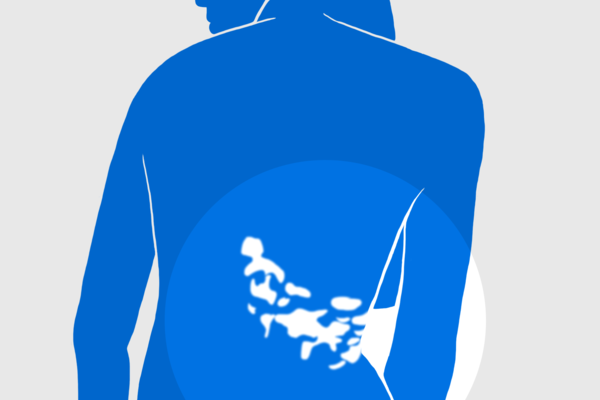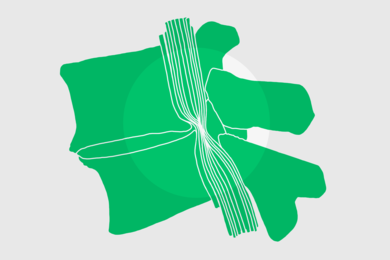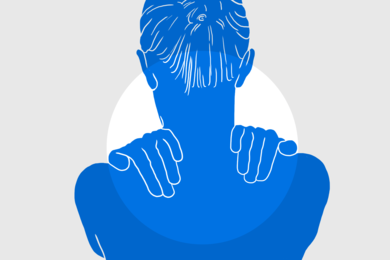Knowledge
Shingles: A painful rash

Where does shingles come from?
Shingles (herpes zoster) is a skin rash caused by the varicella-zoster virus (VZV), which also causes chickenpox. Shingles always represents a reactivation of the varicella-zoster viruses in the body. This means that those affected already had a previous chickenpox infection.
Older people over the age of 60 are predominantly affected by shingles. The problem with this clinical picture is that in many patients the skin rash is accompanied by severe pain. More than 10% of patients suffer from severe pain for months after the rash has subsided. In such cases, there is inflammatory nerve damage caused by the VZV or post-herpetic neuralgia (PHN). The earlier PHN is treated optimally, the lower the risk of a permanent, chronic pain disorder.
Causes
Common causes of VZV reactivation with subsequent PHN are stressful situations, an influenza illness or a weakened immune system (chronic illness, chemotherapy,...).
Symptoms
In contrast to chickenpox, the rash of shingles usually affects only a single strip-shaped or belt-shaped skin segment. The trunk, shoulder or neck areas are most frequently affected. However, other parts of the body might also be involved.
If shingles is accompanied by post-herpetic neuralgia, the following pain symptoms can occur in the affected (shingled) skin segments:
- Hypersensitivity of the skin to touch (allodynia)
- Burning, probing, electric-shooting or pulling pain
Diagnosis
The diagnosis can usually be established on the basis of the symptoms and the characteristic appearance of the skin rash.
Therapeutic options
- In the acute stage with skin rash
- Drug treatment with virostatic drugs
- Anti-neuropathic medications
- Tricyclic antidepressants
- SSNRI antidepressants
- Antiepileptic drugs
- Treatment with opiates
- For severe uncontrolled pain
- Only under close medical supervision
- Local / topical medications
- Local anaesthetics (e.g. lidocaine gel)
- Chillie extract (e.g. capsaicin patch 8% (Qutenza®))
- Interventional options
- Peripheral nerve blocks
- Pulsed radiofrequency treatment
- Cryoneurolysis
- Neuromodulation
- Transcutaneous electrical neurostimulation (TENS)
- Spinal cord stimulation (SCS)
Prevention
VZV vaccination is an option for partial prevention (protective effect up to 50-60%) against shingles and its potentially associated post-herpetic neuralgia (PHN).
References
AWMF S2k-Leitlinie „Diagnostik und Therapie des Zoster und der Postzosterneuralgie“. 2019
Binder A., Baron R., Dtsch Arztebl Int 2016; 113(37): 616-26




















